
A Primer On Decentralized Storage Networks
Written by Alchemy
Humans have come a long way from storing data on physical hardware. In modern computing, cloud storage—a system of storing information in remote locations—is the default option for hosting files, websites, and applications.
Cloud storage has benefited individuals and enterprises by eliminating the need to manage storage infrastructure. However, its centralized data management introduces new risks for users, including censorship, privacy violations, data theft, and poor information integrity.
To remedy the problems of centralized data storage, some have turned to blockchain technology. Blockchain-based storage or “decentralized storage” systems provide an efficient, robust, scalable, secure, and cost-effective means of storing information.
This article offers an introduction to decentralized storage networks. We’ll explore how the decentralized storage model operates, what benefits it offers, and common blockchain storage services to use.
How does decentralized storage work?
The decentralized storage model works by sharing the responsibility for storing information among different participants in a peer-to-peer network. This is unlike centralized storage where a piece of information is stored on a single server.
By storing information redundantly across multiple nodes (computers), decentralized storage protects the accessibility and security of information. If a node cannot provide requested content, the same information can be retrieved from other storage nodes.
Contrast this with centralized storage systems that keep your files in one location—if a server goes offline, the information becomes inaccessible. Centralized storage also introduces single points of failure, such that malicious actors can steal information from servers or block access through denial-of-service (DoS) attacks.
Many decentralized storage services are modeled after decentralized blockchains, meaning that users can transact in a trustless, pseudonymous, and secure fashion. These platforms use cryptoeconomic incentives to ensure everyone contributes positively to the ecosystem.
The decentralized storage model works off the idea that not everyone will utilize the storage on their devices. Thus, individuals are incentivized to rent out unused hard disk space to users in return for compensation.
Typically, decentralized storage marketplaces use blockchain-enabled smart contracts to facilitate interactions between users and storage providers. These smart contracts will often define some or all of the following:
The size of information the user wants to store
The duration for which the storage provider is obliged to hold the information
The compensation paid to the storage provider in exchange for their service
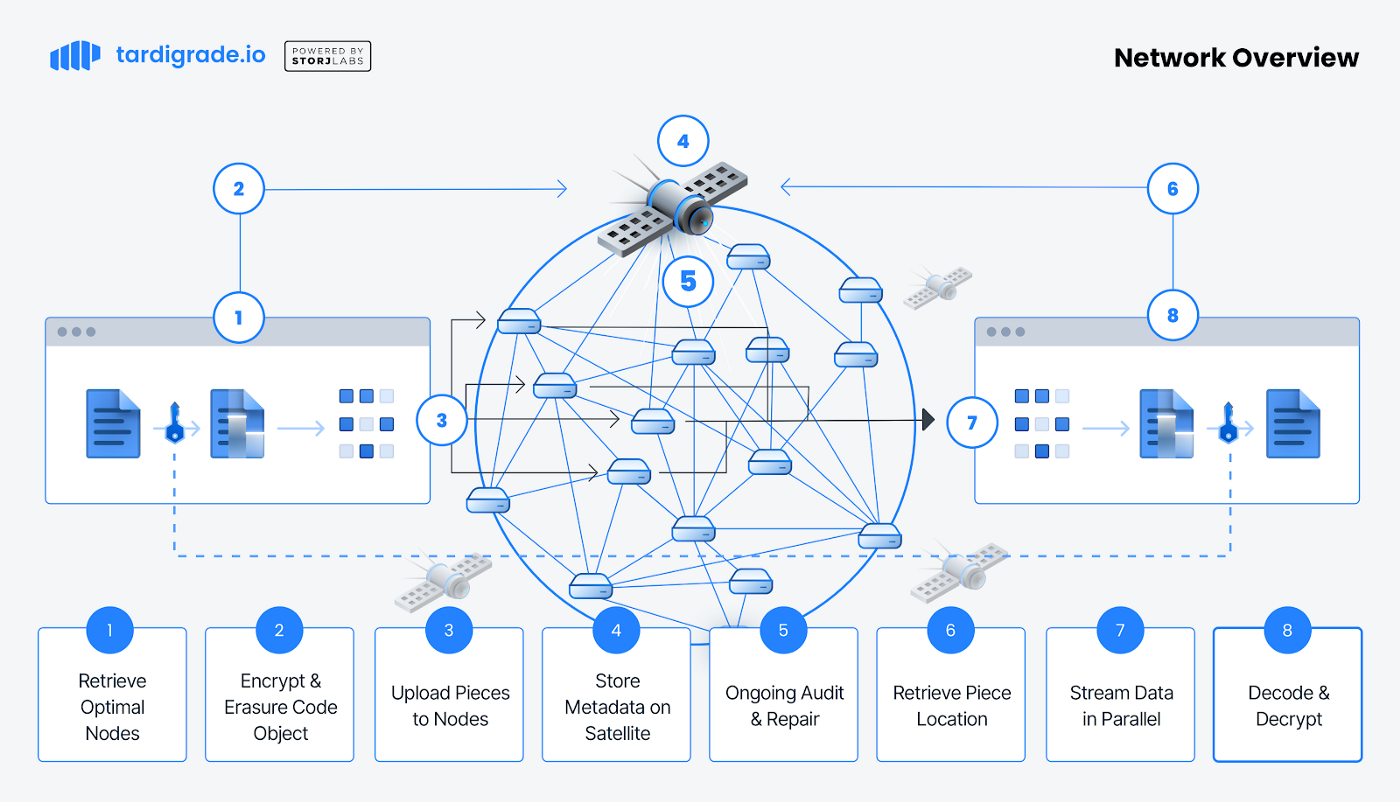
Like blockchains, decentralized storage platforms run on a distributed architecture. As such, they need a consensus mechanism to keep the system functional and to punish/incentivize specific actions.
To this end, most decentralized storage systems use some variation of the proof-of-storage (PoStorage) consensus algorithm. Notably used by Filecoin, proof-of-storage selects miners based on how much data storage contributed to the network. The mechanism also uses a random verification system to confirm if miners are indeed holding the data as promised.
The process of storing information on a decentralized cloud storage (DCS) platform is different from a traditional cloud storage provider, like Google Drive, Amazon Web Services (AWS), or Dropbox:
Initially, uploaded files are encrypted using cryptographic hashing mechanisms and then split into several bits (sharding). Then these fragments are redundantly stored on different storage nodes populating the network. To retrieve the file, users will request the file using the content hash and reassemble the returned fragments to recreate the original information.
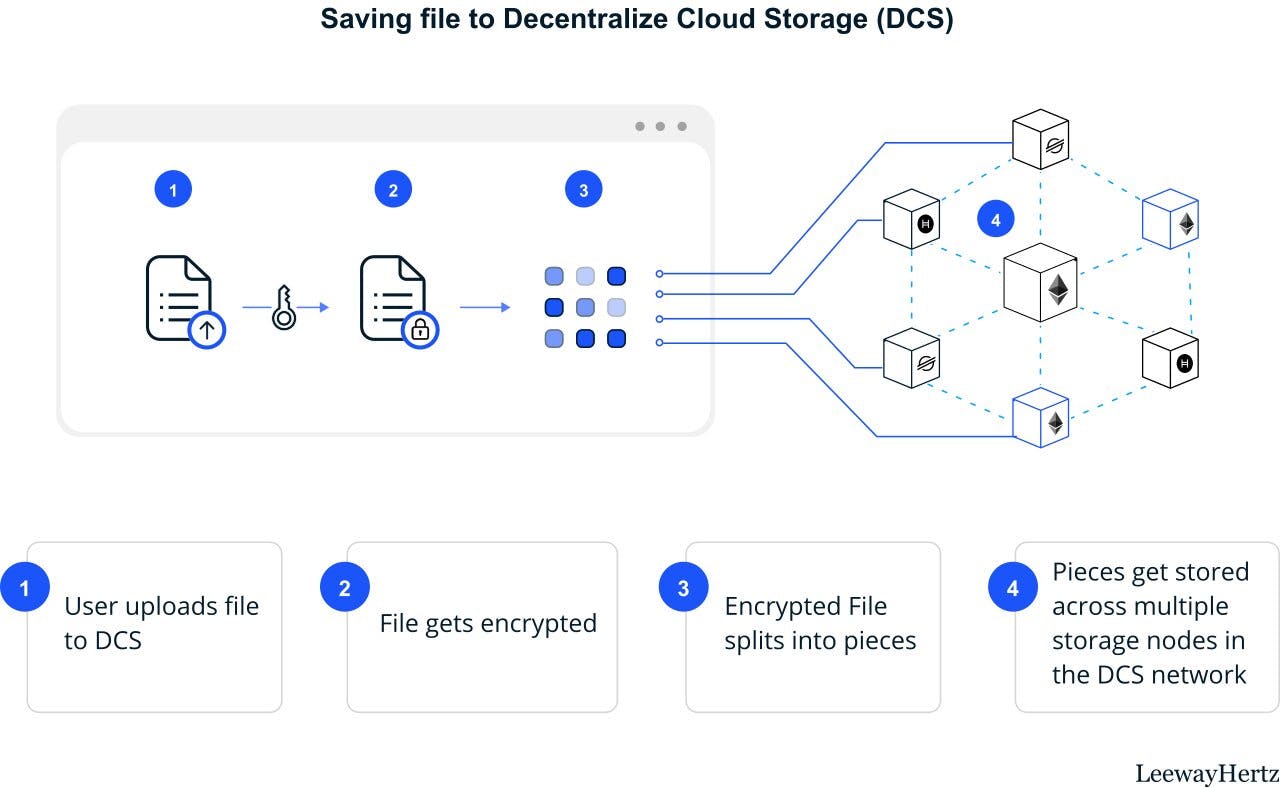
Six benefits of using decentralized storage
Decentralized cloud storage (DCS) offers the following six advantages:
1. Security
Information security is a critical consideration for individuals, enterprises, and developers of decentralized applications (dApps). Centralized storage systems hardly provide robust security guarantees. If anything, using traditional cloud storage exposes user information to safety risks.
Traditional cloud storage services mostly store information in a handful of data centers around the world. Those same data havens are, however, honeypots for malicious actors who can effectively pilfer stored information. It’s also easy to prevent users from accessing information by spamming servers via DoS attacks or hijacking admin access.
Decentralized storage benefits from the security guarantees of blockchain technology and offers safer storage alternatives. Copies of information are held by various nodes in the network, eliminating single points of failure. Moreover, stealing user data or restricting access is theoretically impossible due to the distributed architecture of DCS networks.
This has several implications for users:
Individuals can trust that their data is stored securely and safe from unauthorized control. Companies will spend less time worrying about the safety of customer information and preempt malicious attacks and costly data breaches. DApp developers can create robust, secure, and censorship-resistant applications and websites.
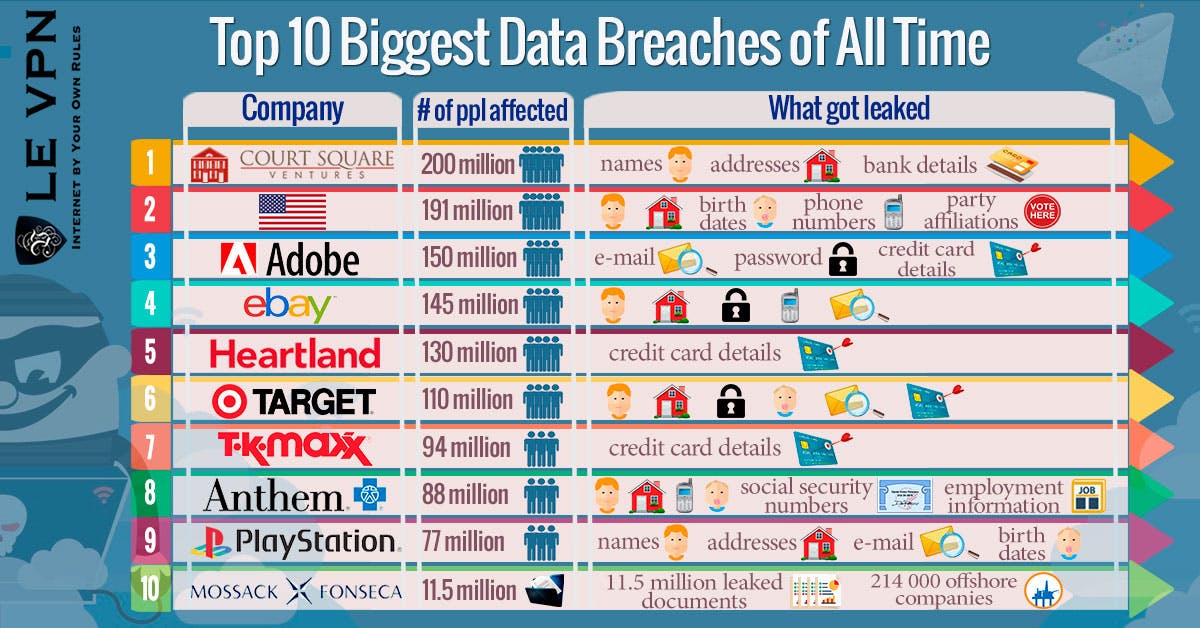
2. Efficiency
While modern cloud storage has brought certain benefits, efficiency isn’t one of them. These platforms still rely on a handful of data farms worldwide to deliver content to users across the world. The result is an inefficient storage model that makes information retrieval unappealing.
Users in remote areas may have to expend more bandwidth to download information since they lack proximity to data centers. Not only does this incur higher connection costs, but it also affects download speeds.
Due to the client-server architecture used in centralized storage, such systems are prone to service failures. This can happen if too many users try to access the same server or a malfunction affects physical hardware. Facebook’s crash in 2021, GitHub’s extended outage in 2020, and Microsoft’s multi-week downtime issues in 2020 are all proof of the inefficiencies of centralized data management.
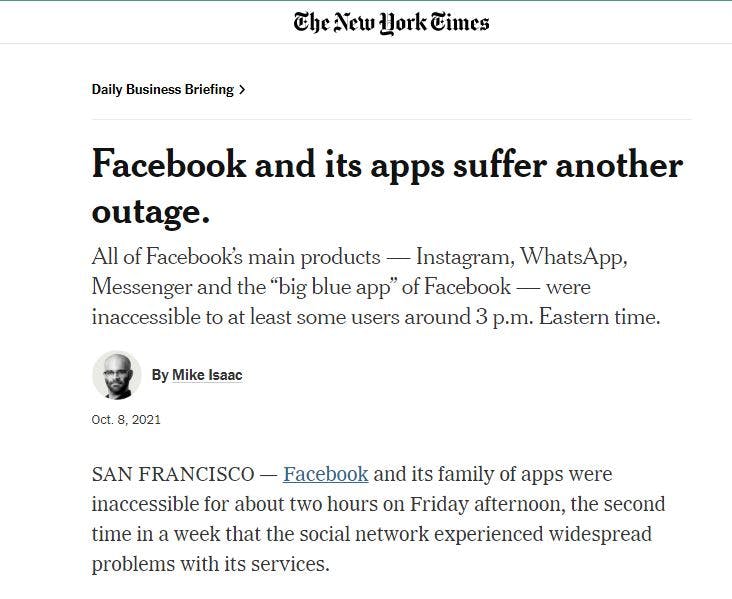
What makes decentralized storage different is that it uses peer-to-peer networks for sharing files. Every node can store, request, or send information to other users. As a result, the loss of one node (i.e., a “mini-server”) cannot affect the system. This assures users that information will always be available without interruptions.
Thanks to the global distribution of storage nodes, decentralized storage platforms can reduce bandwidth usage for users. Instead of sending information requests to distant servers, DCS users can connect to nearby nodes to share files.
The result? Faster file retrieval speeds and less money spent on bandwidth costs.
3. Cheaper data storage
Another problem of traditional cloud storage relates to the high cost of usage. In many cases, storage services are offered via rigid price plans—leaving developers to pay for unused storage space. Further compounding the problem is an acute lack of alternatives and widespread vendor lock-in.
Decentralized storage fixes the problem by operating on a pay-as-you-go basis. Users have control over how much they pay storage nodes for storing files, potentially reducing the cost of storage for developers.
Moreover, DCS providers are rewarding people to rent out underutilized storage. The implication is that decentralized application (dApp) users can pay lower fees because storage providers don’t incur the overhead of running dedicated data centers.
4. Trustlessness
When using a cloud storage solution, you’re trusting the company to keep your information intact and available. But, as a Web3 developer, you likely understand the dangers of putting trust in centralized intermediaries.
Files can mysteriously disappear from a server, websites can be censored, and applications shut down by rogue governments. Blockchain technology removes the need for trust, making decentralized storage for developers necessary.
Many DCS platforms have built-in mechanisms, such as smart contracts, for ensuring storage providers and users adhere to agreements. For instance, Filecoin uses proof-of-replication (PoRep) and proof-of-spacetime (PoSpacetime) protocols to verify that nodes are holding copies of stored files as agreed.
With decentralized storage for developers, you don’t have to trust anyone to keep your files, applications, or websites accessible. As long as the platform is running, your information is always ready to be served on request.
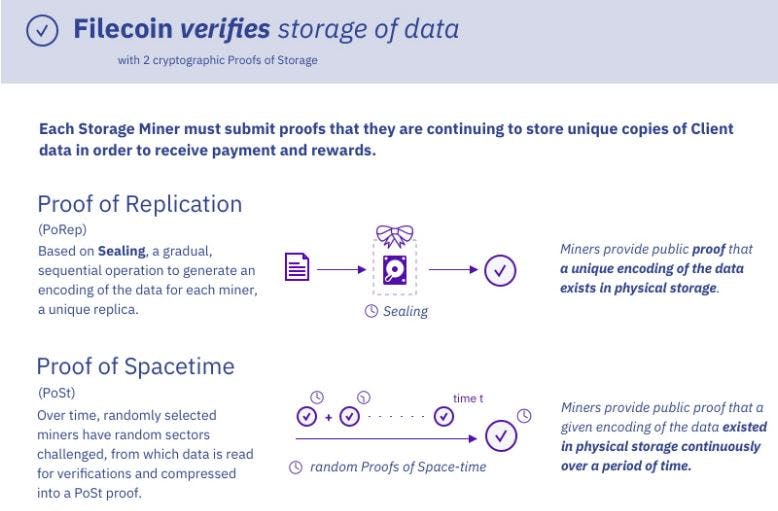
5. Privacy
“Privacy” and “centralized cloud storage” are two words that rarely mix well. As explained before, centralized servers are frequently targets of coordinated hacks, leading to the loss and theft of sensitive information. But the problem is more than just servers and boils down to the lack of privacy-protecting features.
Most decentralized storage services use encryption to prevent information from unauthorized access. Furthermore, they all use a sharding mechanism to split files into multiple fragments, which are held by randomly assigned nodes.
This has several benefits for privacy. First, only the holder of the cryptographic keys—that is, you—can decrypt the files. Second, no peer has access to the complete file. You can, however, choose to fetch the various file shards and reconstruct the file.
Privacy is a huge consideration for Web3 users, and the least any decentralized application developer can do is assure users their information is kept away from prying eyes. As such, decentralized cloud storage is a core part of the Web3 development stack. Building a dApp on a centralized storage infrastructure defeats the purpose of decentralization in every sense.
6. Information integrity
A common problem you’ll likely confront while using a centralized storage provider is poor information integrity. According to Digital Guardian, data integrity refers to “ [the] accuracy and consistency (validity) of data over its lifecycle.” It adds that: “Compromised data, after all, is of little use to enterprises, not to mention the dangers presented by sensitive data loss.”
Centralized data management cannot guarantee data integrity for the simple fact that storage assumes a ‘location-centric’ approach. To find a file, you’ll need a URL or Universal Resource Locator that points to where it’s stored.
Take, for example, this link to a picture: https://mycutepet.com/dog.jpeg
We assume that this link points to where an image of a cute puppy is stored. But what if that isn’t the case?
There’s no way you’ll know if the file hasn’t moved, nor can you tell if the file has been altered or replaced, whether due to human error or malicious activity. This explains why users often run into broken links (Error 404) or get served a file wildly different from what they expected.
If you’re building in Web3, you want to make sure data, such as NFT metadata, retains integrity forever. Decentralized storage can make this possible because they adopt a ‘content-centric’ approach to information storage and retrieval.
A content-centric approach means that DCS platforms address resources by content, not location. Each file is run through a hashing algorithm, with the resulting hash (a long string of alphabets and numbers) serving as its unique ‘fingerprint’ or Content Identifier (CID).
Instead of using unreliable URLs, users can find information using CIDs. With a CID, you can request a specific file from peers in the network—and it encourages accuracy since you can cross-check the CID against the hash of the file you received.
More importantly, this approach can eliminate problems like missing NFTs for Web3 users. With well-designed incentive structures, DCS providers can ensure your files remain intact for as long as possible.
Here's a guide on how to mint NFTs with IPFS.
What are some of the most popular decentralized storage networks?
InterPlanetary File System (IPFS)
The InterPlanetary File System (IPFS) is a peer-to-peer file-sharing protocol that wants to solve the Internet’s fragile data storage architecture. IPFS uses ‘content-addressing’, which addresses information by content, instead of location, to preserve the integrity and availability of information. It also uses encryption to safeguard user privacy.
Nodes on the IPFS platform can choose to store only files that they are interested in—so access to your information isn’t guaranteed. However, you can use a ‘pinning’ service that incentivizes IPFS nodes to keep your data online—Pinata, nft.storage, and Crust are good options.
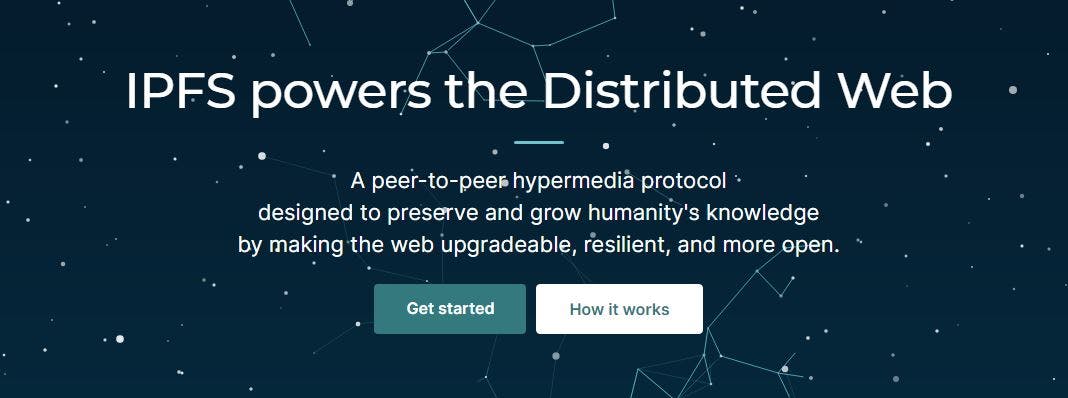
Filecoin
Created by the team behind IPFS (Protocol Labs), Filecoin is a blockchain dedicated to decentralized data management. You can think of Filecoin as an incentive layer built on the IPFS platform.
With Filecoin, you can pay nodes using the network’s token (FIL) to keep your files stored for a specific period. If the duration elapses, you’re required to renew the payment. Filecoin uses random-check mechanisms like proof-of-replication to audit nodes and gives users assurance that their data is still available.
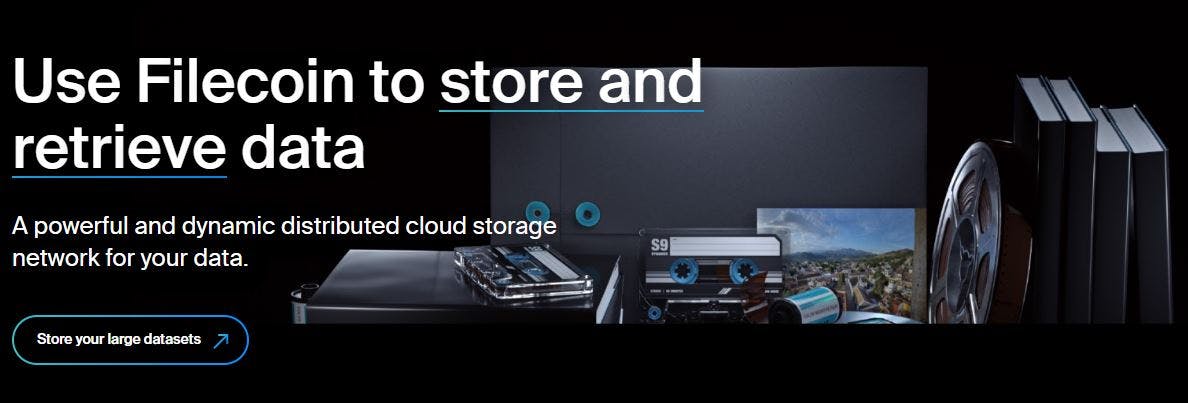
Arweave
Arweave is an ambitious project to build a ‘global hard drive’ for users to store applications, websites, and other valuable information indefinitely. Users pay storage providers with AR tokens for storage space and can request information whenever they want it.
Arweave is an excellent solution for individuals, developers, and enterprises who need decentralized storage. Because it has a dedicated blockchain with built-in incentives and a consensus mechanism (proof-of-access), Arweave offers a secure information storage system.
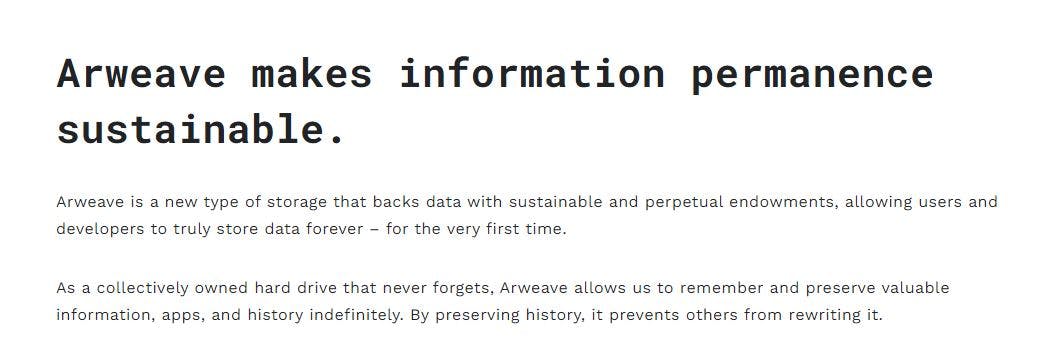
Storj
As a decentralized storage marketplace, Storj connects people with extra bandwidth and storage capacity to those who need cheap, accessible, and private file storage. Storj users and storage providers conduct transactions using STORJ, an ERC-20 token.
Storj is targeted at developers, companies, and other entities in need of custom storage solutions. You can choose the best storage plan for your needs, which reduces money wasted on underutilized cloud storage.
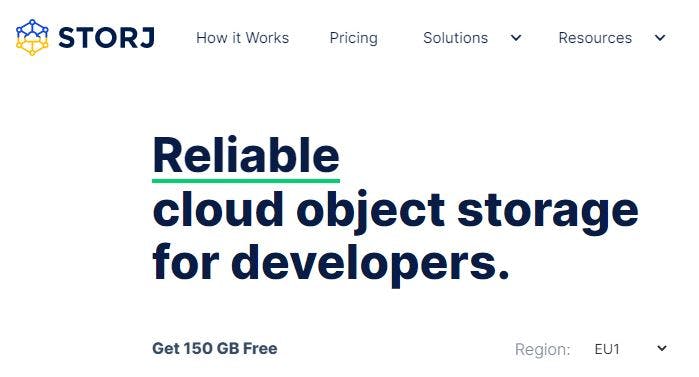
Sia
Like other DCS providers, Sia works by rewarding individuals to rent out unused hard disk space to users. Those who provide storage services on Sia’s marketplace earn rewards in the form of Siacoin (SIA), the platform’s utility token.
The Sia network is highly decentralized and resistant to outages or censorship attempts. This allows users to store their information securely while keeping control of their data.
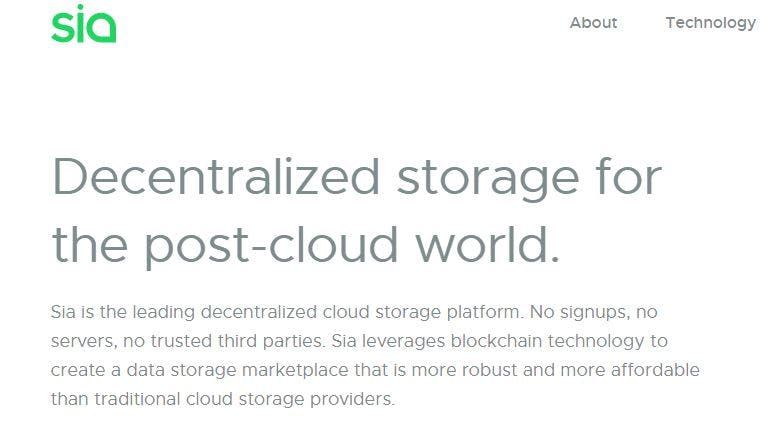
Conclusion
As the need for data privacy, integrity, and security grow, so will the demand for decentralized storage networks. Decentralized cloud storage providers can usher in a new era where information storage is efficient, cheap, reliable, and safe.
By providing flexible pricing plans for developers and startups, DCS services reduce costs passed on to end-users. And the permissionless nature of such platforms means everyone can become a storage provider, thereby supporting the vision of a decentralized web.

Related overviews
Learn about the role of indexers and how they help you query onchain data.
Understand the differences between permissioned and permissionless chains and how to choose the right one.
Looking for service providers that make building onchain easy? Meet the top players here.

Build blockchain magic
Alchemy combines the most powerful web3 developer products and tools with resources, community and legendary support.